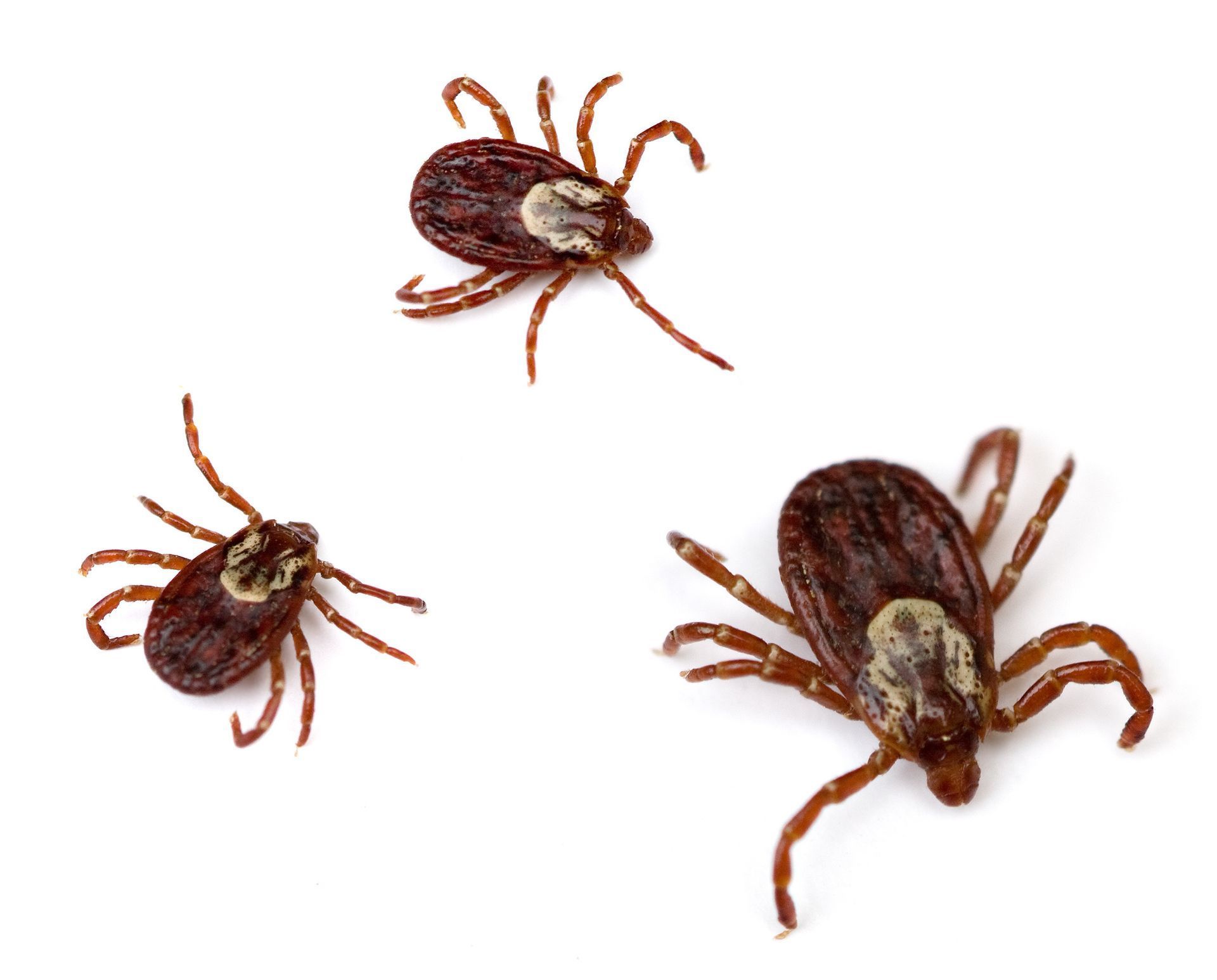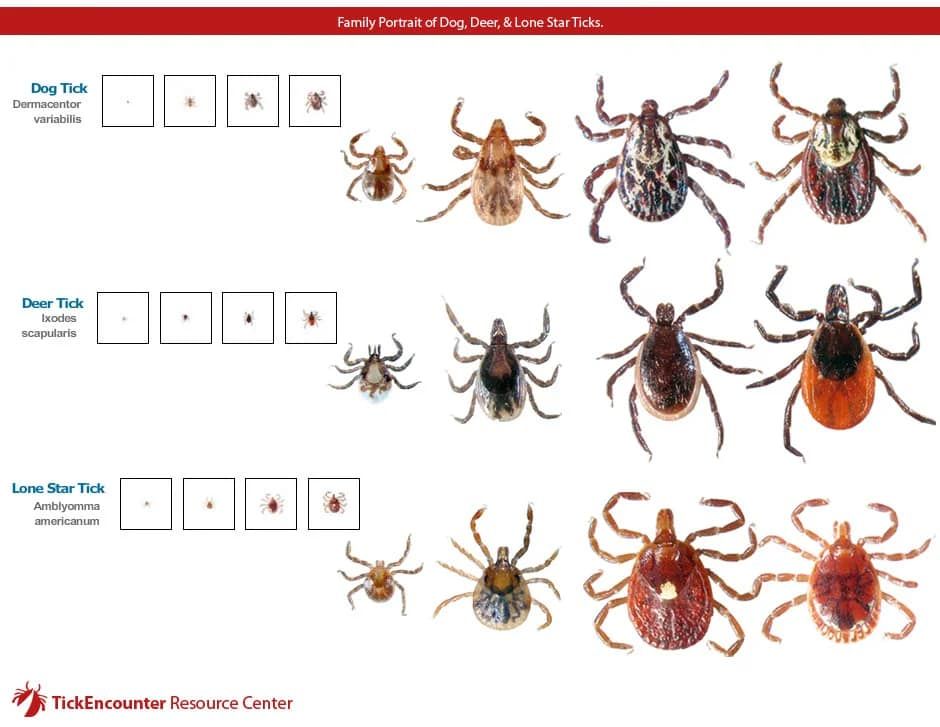TICK SAFETY: OUTDOOR WELLBEING
As Ontarians increasingly seek refuge in the natural world, the importance of understanding the risks posed by ticks has grown. While small in size, ticks can have a significant impact on human health, particularly as their range expands with changing climates and land use patterns.
UNDERSTANDING TICKS
Ticks are blood-feeding external parasites that rely on mammals, birds, and reptiles for survival. They do not fly or jump but instead wait on vegetation to latch onto passing hosts—a behavior known as “questing.”
Most tick encounters occur from early spring through late autumn, with peak activity in the warm, humid months. Increased awareness and timely removal are essential for preventing tick-borne illness.
In Ontario, the two most commonly encountered tick species are the Blacklegged (Deer) Tick and the American Dog Tick. These species are well established across much of the province and are responsible for the majority of human-tick encounters. For illustrative purposes, we’ve also included the Lone Star Tick—a species not yet widespread in Ontario, but occasionally found in areas influenced by migratory bird pathways, which can transport ticks across long distances.

VISUAL IDENTIFICATION

LIFE CYCLE
Ticks go through a four-stage life cycle: egg, larva, nymph, and adult, typically over two to three years.
After hatching from eggs laid in leaf litter or soil, the tiny six-legged larvae feed on small animals but rarely transmit disease.
They molt into nymphs, which are about the size of a poppy seed and pose the highest risk to humans—especially for Lyme disease—because they’re hard to detect.
After another blood meal, they mature into adults, roughly sesame-seed sized (though they can swell up to the size of a grape when engorged), and prefer feeding on larger animals like deer, dogs, or humans.
SPECIES OVERVIEW
| Tick Species | Appearance | Habitat | Diseases Transmitted | Notes |
|---|---|---|---|---|
| Blacklegged (Deer) Tick (Ixodes scapularis) | Brown to black in colour with no white markings. | Prefers moist, shaded areas with leaf litter and dense vegetation. Often found in forests, forest edges, and areas with high humidity. | Lyme disease, anaplasmosis, babesiosis, powassan virus | Primary vector of Lyme disease in Ontario |
| American Dog Tick (Dermacentor variabilis) | Brown to reddish brown in colour, with gray-silver markings on their backs. | Can survive in drier environments like tall grasses, roadsides, and trails. Also found in wooded areas and along forest edges | Rocky Mountain spotted fever (rare), tularemia | Does not transmit Lyme; often found on pets and humans |
| Lone Star Tick (Amblyomma americanum) | Tannish red. Females have a light coloured spot on center of their back. Males have light coloured markings around the edges of their back. | Found in various habitats, including woodlands, shrubby areas, and even lawns. | Alpha-gal syndrome (meat allergy) | Rare but increasing in Ontario |
HEALTH RISKS
Ticks in Ontario are known carriers of several infectious diseases that can impact human health. While not every tick is infected, understanding the potential illnesses they may transmit is essential for early recognition and effective treatment.
LYME DISEASE
Transmitted by the Blacklegged Tick, Lyme disease is the most prevalent tick-borne illness in Ontario. It is caused by the Borrelia burgdorferi bacterium and typically presents with flu-like symptoms such as fatigue, fever, headache, and muscle aches. A characteristic “bullseye” rash may appear at the site of the bite. If not treated early with antibiotics, Lyme disease can progress to cause arthritis, neurological symptoms, and heart complications.
ANAPLASMOSIS
Also carried by the Blacklegged Tick, anaplasmosis is a bacterial infection that affects white blood cells. Symptoms may include fever, chills, headache, and muscle pain. Like Lyme, it responds well to early antibiotic treatment, but can become severe if left untreated.
BABESIOSIS
This parasitic disease, also spread by the Blacklegged Tick, infects red blood cells and may cause symptoms similar to malaria—fatigue, fever, and anemia. It is more serious in older adults and those with weakened immune systems, although cases in Ontario remain rare.
ALPHA-GAL SYNDROME
Uniquely associated with the Lone Star Tick, this condition is not a traditional infectious disease but an immune response. After a bite, some individuals develop a delayed allergic reaction to red meat and other mammalian products due to a sugar molecule called alpha-gal introduced through the tick’s saliva.
TULAREMIA
Spread by the American Dog Tick, tularemia is a bacterial infection that can cause skin ulcers, swollen lymph nodes, and respiratory issues. While uncommon, it is a concern in areas where this tick species is active.
PROTECTING YOURSELF
To reduce the risk of tick bites, wear light-coloured, long-sleeved clothing and tuck your pants into your socks when walking through grassy or wooded areas. This not only helps prevent ticks from reaching your skin but also makes them easier to spot.
Applying a Health Canada–approved insect repellent containing DEET or icaridin can provide additional protection.
While outdoors, stay on well-maintained trails and avoid brushing up against tall grass, shrubs, or leaf litter. Refrain from sitting directly on logs, grass, or bare ground where ticks may be waiting.
After returning indoors, shower within two hours to help remove unattached ticks. Perform a full-body tick check, paying close attention to areas like the hairline, behind the ears, underarms, waistline, groin, and behind the knees. Clothes should be placed in a hot dryer for at least 10 minutes to kill any lingering ticks.
TICK REMOVAL
Sometimes, even when we take all the right precautions, a tick still manages to attach. If you find an embedded tick, remain calm and act promptly.
Use fine-point tweezers to grasp the tick as close to the skin as possible, and pull slowly and steadily upward without twisting.
Once removed, clean the area thoroughly with soap and water or an antiseptic. Place the tick in a sealed bag or container, and label it with the date and location of the bite.
Monitor your health and consult a healthcare provider, especially if symptoms such as fever, fatigue, or rash develop. For species identification, tick specimens can be submitted to Public Health Ontario or uploaded through the eTick platform.



